Importance of Content Length in Strategy
In the digital marketing landscape, content length plays a pivotal role in shaping a brand's content strategy. The debate between long and short articles is ongoing, with both formats offering distinct advantages and catering to different audience needs. Understanding the impact of article length on SEO, reader engagement, and content effectiveness is crucial for developing a successful content strategy.
Overview of Long and Short Articles
Long Articles: Typically range from 1,500 to 3,000 words or more. These articles delve deeply into topics, providing comprehensive insights, detailed explanations, and extensive data. Long-form content is often used for guides, tutorials, and in-depth analyses.
Short Articles: Usually range from 300 to 800 words. These articles are concise and to the point, focusing on delivering key information quickly. Short-form content is commonly used for news updates, quick tips, and social media posts.
SEO Implications of Content Length
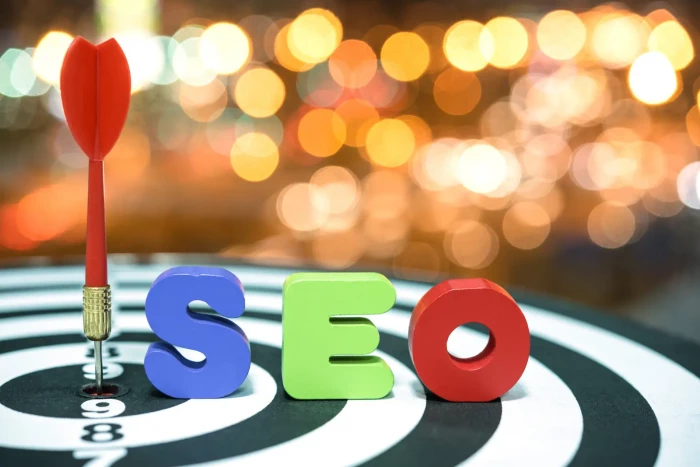
Search engines like Google favor content that is both comprehensive and valuable to users. According to a study by Backlinko, the average first-page result on Google contains 1,447 words. This suggests that longer articles have a better chance of ranking higher in search results due to their depth and breadth of information. However, short articles can also be effective for targeting specific keywords and providing quick, valuable insights to readers.
Section 1: Advantages of Long Articles
SEO Benefits
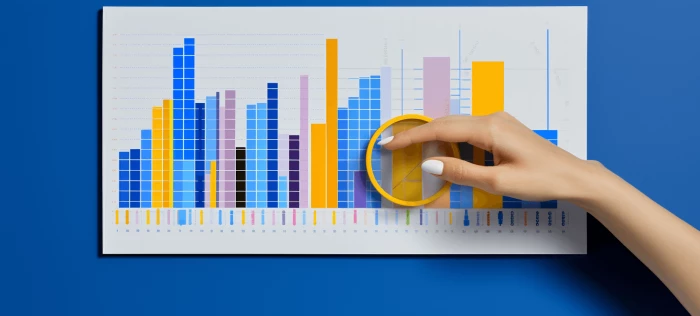
- Higher Keyword Density: Longer articles provide more opportunities to naturally incorporate relevant keywords, improving search engine visibility. By covering a topic comprehensively, long articles can rank for multiple related keywords and long-tail phrases.
- More Backlink Opportunities: Comprehensive articles are more likely to be referenced and linked to by other websites, increasing the chances of earning high-quality backlinks. Backlinks are a significant factor in Google's ranking algorithm, enhancing the authority and credibility of the content.
Google's Guidelines and Technical Specifications
- Content Quality: Google emphasizes the importance of high-quality content that provides value to users. The search engine's algorithms assess content based on its relevance, depth, and accuracy.
- Mobile-Friendly: Google’s Mobile-First Indexing means that the mobile version of content is considered the primary version. Long articles should be well-structured and easy to navigate on mobile devices.
- Page Speed: Longer articles should be optimized to ensure fast loading times, as page speed is a ranking factor. This includes compressing images, using efficient coding practices, and leveraging browser caching.
Reader Engagement
- In-depth Information: Long articles offer detailed insights and thorough analysis, catering to readers seeking comprehensive information. This level of detail can satisfy the informational needs of readers, leading to higher engagement and longer time spent on the page.
- Higher Time on Page: The extended length of long articles encourages readers to spend more time on the site, which is a positive signal to search engines. Increased time on page indicates that the content is valuable and engaging, potentially improving its search ranking.
Authority Building
- Establishing Expertise: Long-form content allows writers to demonstrate their expertise and knowledge on a subject, building trust with readers. By providing well-researched and detailed information, long articles can position the author or brand as a thought leader in their industry.
- Detailed Case Studies and Examples: Long articles can include comprehensive case studies, examples, and real-world applications, adding depth and credibility to the content. These elements can enhance the article's persuasive power and practical value.
Section 2: Advantages of Short Articles
Accessibility and Readability

- Quick Consumption: Short articles are designed for fast reading, making them ideal for busy readers who want to consume information quickly. This is especially important in today's fast-paced digital environment where attention spans are shorter.
- Higher Shareability: Due to their concise nature, short articles are more likely to be shared on social media platforms. Their brevity ensures that readers can quickly grasp the main points and feel more inclined to share the content with their networks.
Google's Guidelines and Technical Specifications
- Snippet Optimization: Short articles can be optimized for Google's featured snippets, providing concise answers to user queries directly in the search results. This can increase visibility and click-through rates.
- Focus on Core Keywords: Short articles can be highly focused on a specific keyword or topic, making them effective for targeting niche search queries.
- Engagement Metrics: Short articles tend to have lower bounce rates and higher completion rates, as users are more likely to read the entire article without dropping off.
Content Frequency
- Easier and Quicker Production: Short articles require less time to write, edit, and publish, allowing for a higher frequency of content updates. This is beneficial for keeping a blog or website active and engaging with fresh content.
- More Frequent Updates: Regularly publishing short articles can help maintain a steady flow of content, which is favored by search engines. Frequent updates signal to Google that the website is active and continuously providing new information.
Targeting Mobile Users
- Better for On-the-Go Reading: Short articles are more suitable for mobile users who are often reading on the go. The format is easier to navigate on smaller screens, providing a better user experience.
- Short Attention Spans: Mobile users typically have shorter attention spans, and short articles cater to this by delivering key information quickly and efficiently. This can improve engagement and satisfaction among mobile readers.
Section 3: When to Use Long Articles
Complex Topics
- In-Depth Analysis Required: Long articles are ideal for complex topics that require thorough explanations and multiple perspectives. They provide the space needed to explore a subject in detail and address various aspects comprehensively.
- Detailed Guides and Tutorials: For educational content, such as how-to guides and tutorials, longer articles are beneficial. They can include step-by-step instructions, detailed examples, and troubleshooting tips, ensuring that readers have all the information they need.
Evergreen Content
- Long-Term Relevance: Long articles are well-suited for evergreen content that remains relevant over time. These articles can continue to attract traffic and provide value to readers long after they are published.
- Comprehensive Coverage: Evergreen topics, such as industry overviews, foundational concepts, and ultimate guides, benefit from the depth and detail that long articles offer. Comprehensive coverage ensures that the content remains useful and authoritative.
SEO Goals

- Competing for High-Volume Keywords: Long articles are effective for targeting competitive, high-volume keywords. By providing in-depth content, these articles can improve their chances of ranking higher in search engine results.
- Generating Organic Traffic: Comprehensive articles that address user queries in detail can attract organic traffic from search engines. The thoroughness of long-form content can lead to higher engagement and more backlinks, further boosting SEO performance.
Section 4: When to Use Short Articles
News and Updates

- Timely Information: Short articles are ideal for news updates and current events, where timely information is crucial. They can quickly provide the latest developments without overwhelming readers with too much detail.
- Fast-Paced Content Needs: In fast-moving industries, short articles can keep readers informed with frequent updates. This approach ensures that the content remains relevant and up-to-date.
Listicles and Quick Tips
- Easy to Digest Information: Listicles and quick tips are popular formats for short articles. They break down information into manageable chunks, making it easy for readers to scan and absorb the content.
- Engaging Format: The structured format of listicles and quick tips can enhance engagement. Readers appreciate the concise and organized presentation of information, which is easy to follow.
Social Media Integration
- Shareable Snippets: Short articles are well-suited for social media, where concise and engaging content performs best. These articles can be easily shared and discussed across social platforms.
- Viral Potential: The brevity and accessibility of short articles increase their potential to go viral. Social media users are more likely to engage with and share content that is quick to read and easy to understand.
Conclusion
Balancing Long and Short Articles
The most effective content strategy often involves a balanced mix of both long and short articles. By understanding the strengths and weaknesses of each format, content creators can strategically use both to maximize their reach and impact.
- Strategic Combination: Utilizing a combination of long and short articles allows for flexibility in addressing different audience needs and topics. For example, long articles can be used for in-depth guides and research pieces, while short articles can cover news updates and quick tips.
- Content Calendar Planning: A well-planned content calendar can help in scheduling the publication of both long and short articles. This ensures a consistent flow of content that keeps the audience engaged and helps in maintaining a steady stream of traffic.
Case Studies and Examples
Examining successful content strategies from various brands can provide valuable insights into the effectiveness of long and short articles.
- Successful Content Strategies: Brands like HubSpot and Neil Patel leverage long-form content to establish authority and drive organic traffic. Their comprehensive guides and in-depth articles are prime examples of how long content can build expertise and trust.
- Lessons Learned: On the other hand, BuzzFeed and Upworthy often utilize short articles, listicles, and quick tips to engage their audience and generate social media shares. These examples highlight the importance of tailoring content length to the platform and audience preferences.
Final Recommendations
- Tailoring Strategy to Audience Needs: Understanding the preferences and behaviors of your target audience is crucial. Use analytics and feedback to determine which content length performs best and resonates most with your readers.
- Continuous Testing and Optimization: Regularly test different content lengths and formats to see what works best for your audience. Analyze performance metrics such as time on page, bounce rate, and social shares to refine your content strategy continuously.
Key Takeaways
- Long Articles: Best for in-depth analysis, comprehensive guides, and SEO optimization. They help establish authority and drive organic traffic.
- Short Articles: Ideal for quick updates, news, and social media integration. They are more accessible and easier to produce frequently.
- Balanced Strategy: A mix of both long and short articles can address different content needs and audience preferences, leading to a more effective content strategy.
By leveraging the strengths of both long and short articles, content creators can enhance their online presence, engage their audience, and achieve their content marketing goals effectively.



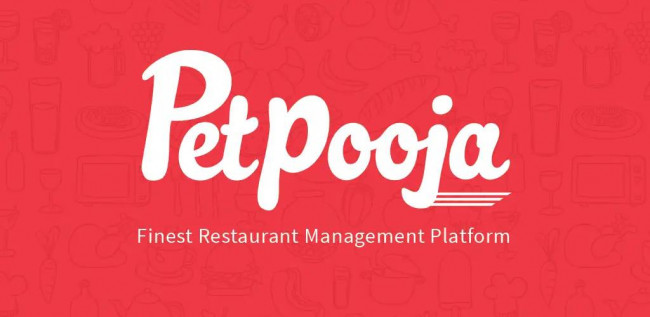
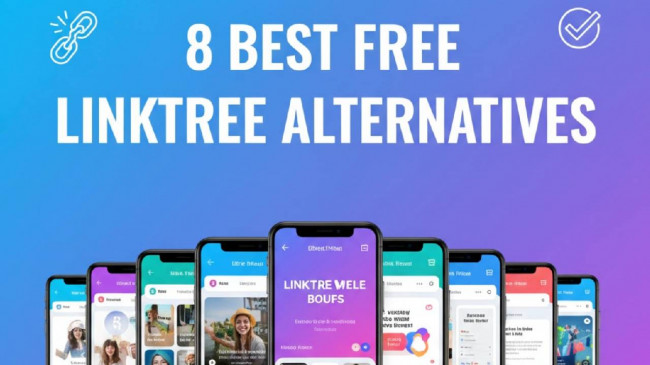

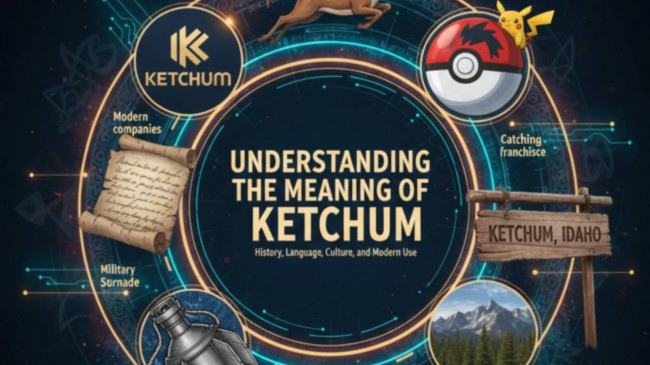

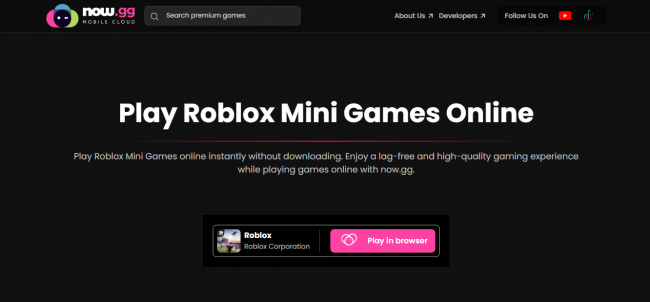
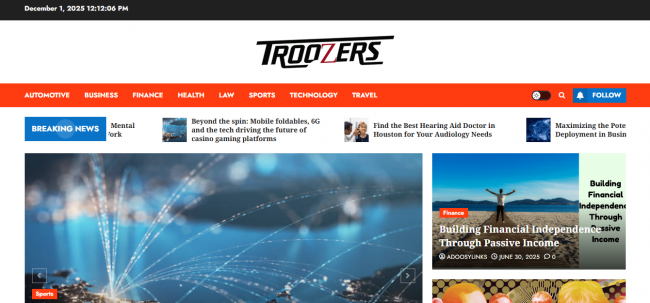
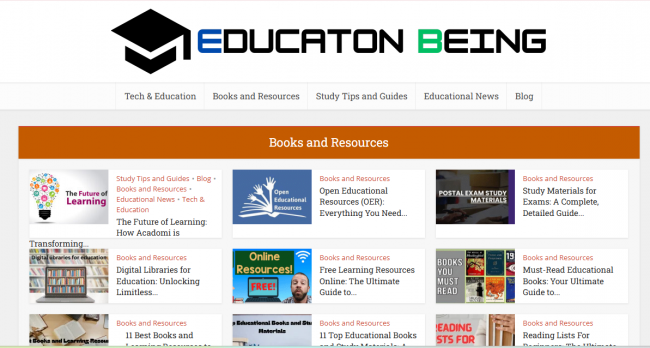
Comments